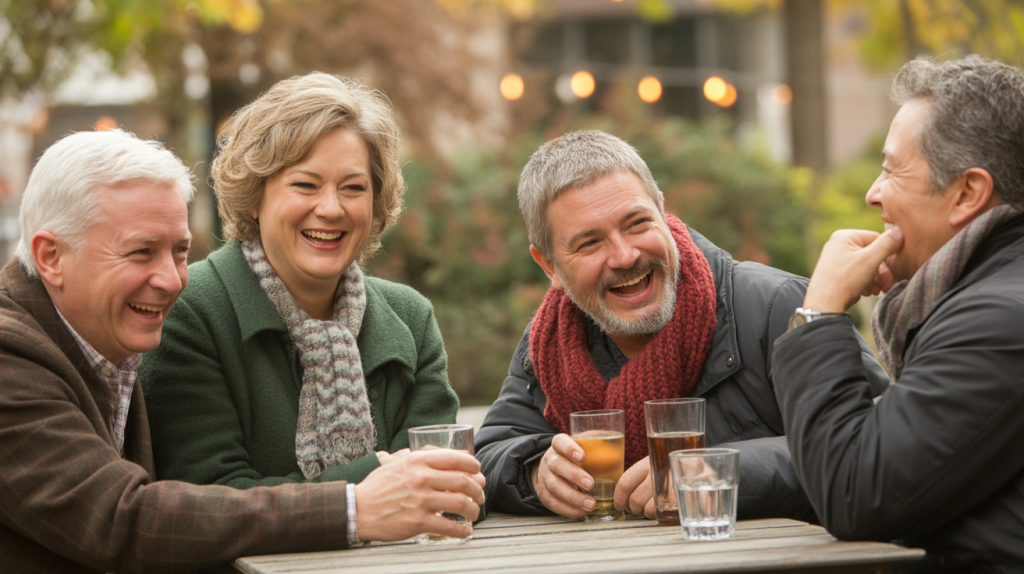5. Travel and Dining: A Slower Return
Leisure spending among seniors rebounded — but differently. The article shows travel and dining out plunged for older Americans during the pandemic and the rebound is slower compared to younger generations.
When seniors do spend on experiences now, the pattern tends to be: more local, more controlled, more outdoor‑oriented. Road trips instead of intercontinental flights. Outdoor dining and take‑out instead of large indoor group meals.
Here’s the nugget: When you’re over 50 (or approaching retirement), your life lens changes. Instead of “more” it becomes “better.” Instead of “just get there” it becomes “what kind of experience do I remember?”
As content for seniors, you might explore “how to plan meaningful travel with less consumption” or “why simpler dining‑out experiences can bring more joy than extravagance.”
6. Inflation, Price Sensitivity & Spending Habits
For many seniors, especially those living on fixed incomes or relying on retirement savings, the pandemic years brought a heightened sense of financial fragility. With inflation rising and uncertainty strong, older Americans became more price conscious and deliberate in their spending.
Spending habits evolved: comparison shopping, loyalty programs, buying in bulk, prioritizing value. The takeaway? For seniors, spending didn’t necessarily drop in every category, but it changed shape. It became more about “how much value do I get for this dollar?” rather than “how many things can I buy?”
For your senior‑audience articles: emphasize smart spending habits, budgeting in retirement, understanding where and how spending patterns have shifted for seniors post‑pandemic.















